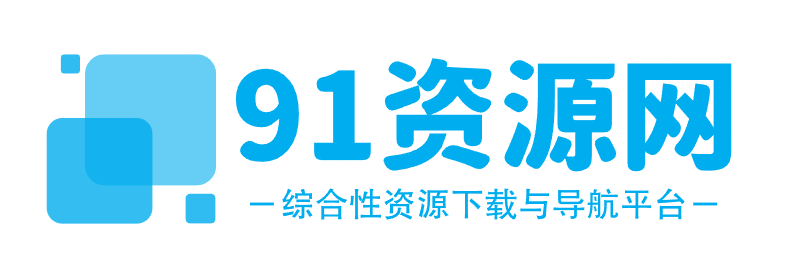响应式缓存管理允许 web 应用程序根据请求上下文管理缓存,提高灵活性。spring mvc 和 guava cache 都提供了响应式缓存管理支持。spring mvc 使用注解来启用缓存,而 guava cache 提供高级配置选项。实战案例包括使用 @cacheable 注解来缓存数据库查询,以提高应用性能。Java 框架的响应式缓存管理
在现代 Web 应用程序中,缓存是一个至关重要的因素,它可以提高响应速度并减少服务器负载。响应式缓存管理允许应用程序根据请求的上下文句柄缓存,从而实现更高的灵活性。
Spring MVC 中的响应式缓存管理
立即学习“Java免费学习笔记(深入)”;
Spring MVC 是 Java 中流行的 Web 框架,它提供了开箱即用的响应式缓存管理支持。要启用它,您可以在控制器类或方法上添加以下注解:@Cacheable(value = "cacheName", key = "#id")
public Object get(@PathVariable Long id) {
return postService.get(id);
}登录后复制在上面的代码中:"cacheName" 是与缓存策略关联的缓存名称。#id 是用于生成缓存键的 SPEL 表达式。Guava Cache 中的响应式缓存管理Guava Cache 是一个第三方库,它提供了对缓存的更高级别控制。要使用 Guava Cache 进行响应式缓存管理,您可以这样做:CacheBuilder<String, Object> cache = CacheBuilder.newBuilder()
.refreshAfterWrite(10, TimeUnit.MINUTES)
.maximumSize(100)
.build();登录后复制在上面的代码中:CacheBuilder 用于配置缓存设置。refreshAfterWrite(10, TimeUnit.MINUTES) 指定缓存项在写入后 10 分钟内保持新鲜。maximumSize(100) 设置缓存的最大容量。实战案例:缓存数据库查询假设您有一个方法从数据库中获取 post:public class PostService {
public Post get(Long id) {
// 从数据库获取 post
return postRepository.findById(id).orElse(null);
}
}登录后复制要缓存数据库查询,您可以使用 Spring MVC 的 @Cacheable 注解:public class PostController {
@Cacheable(value = "postCache", key = "#id")
public Post get(@PathVariable Long id) {
return postService.get(id);
}
}登录后复制现在,第一次调用 getPost 方法时,查询结果将存储在缓存中。 subsequent 调用将从缓存中获取结果,从而提高应用程序的性能。以上就是java框架如何实现响应式缓存管理的详细内容,更多请关注php中文网其它相关文章!





MP6 天前
发表在:MagicEXIF通用注册机 v1.13明亮的 旅行分享! 做得真好。
BrendanWaida10 天前
发表在:11日20日,星期四,在这里每天60秒读懂世界!При выборе автономно...
JosephJaf13 天前
发表在:MagicEXIF通用注册机 v1.13我尊重这样的项目, 这里展示真正的旅游。...
Frankcic13 天前
发表在:11日20日,星期四,在这里每天60秒读懂世界!Для блога может быть...
Stevedaf22 天前
发表在:MagicEXIF通用注册机 v1.13所有文章都令人印象深刻。继续保持 真诚。...
Stevedaf23 天前
发表在:Intel XTU中文补丁 1.13我经常访问 关于旅行的资源。有趣阅读游记...
Stevedaf23 天前
发表在:MagicEXIF通用注册机 v1.13我常常想, 能像你们一样多旅行。感谢激励...
Stevedaf23 天前
发表在:Intel XTU中文补丁 1.13很高兴阅读 有用的内容。十分 很有意思。...
Stevedaf23 天前
发表在:MagicEXIF通用注册机 v1.13我早就想, 能像你们一样多旅行。谢谢启发...
Stevedaf23 天前
发表在:Intel XTU中文补丁 1.13我一直梦想, 那么放松地度假。感谢激励。...